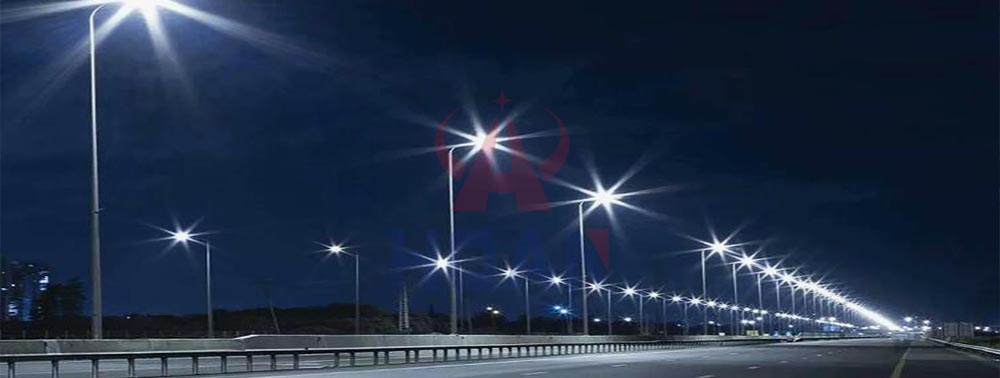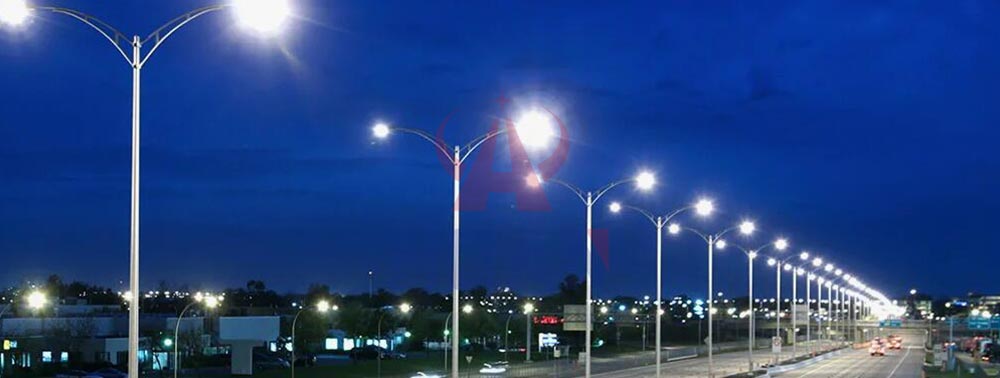1. Energy source:
Solar Street Lights mainly absorb sunlight energy through solar panels, convert it into electrical energy and store it in batteries, without the need for an external power supply. Traditional street lights mainly rely on power grids and consume a large amount of electricity. Therefore,
Solar Street Lights avoids carbon emissions and environmental pollution caused by thermal power generation.

2. Energy saving and emission reduction:
Solar Street Lights light up automatically at night without manual adjustment and consume much less energy than traditional circuit lights. In addition, the LED light source used has high energy efficiency, low light pollution, and long service life, effectively reducing energy consumption and waste generation.

3. Reduce light pollution:
Solar Street Lights use LED light sources, which have the characteristics of anti-glare and non-pollution. They can avoid the adverse effects of light pollution and protect human eyes and the natural ecological environment.
4. Safety:
Solar Street Lights have no exposed wires and interfaces, which reduces the risk of safety accidents such as fires and further reflects its environmental protection advantages.

To sum up,
Solar Street Lights are more environmentally friendly than traditional street lights in terms of energy utilization, energy conservation and emission reduction, light pollution reduction and safety. With the continuous advancement of technology and reduction of costs,
Solar Street Lights are expected to be more widely used in the future and make greater contributions to protecting the environment and achieving sustainable development.


